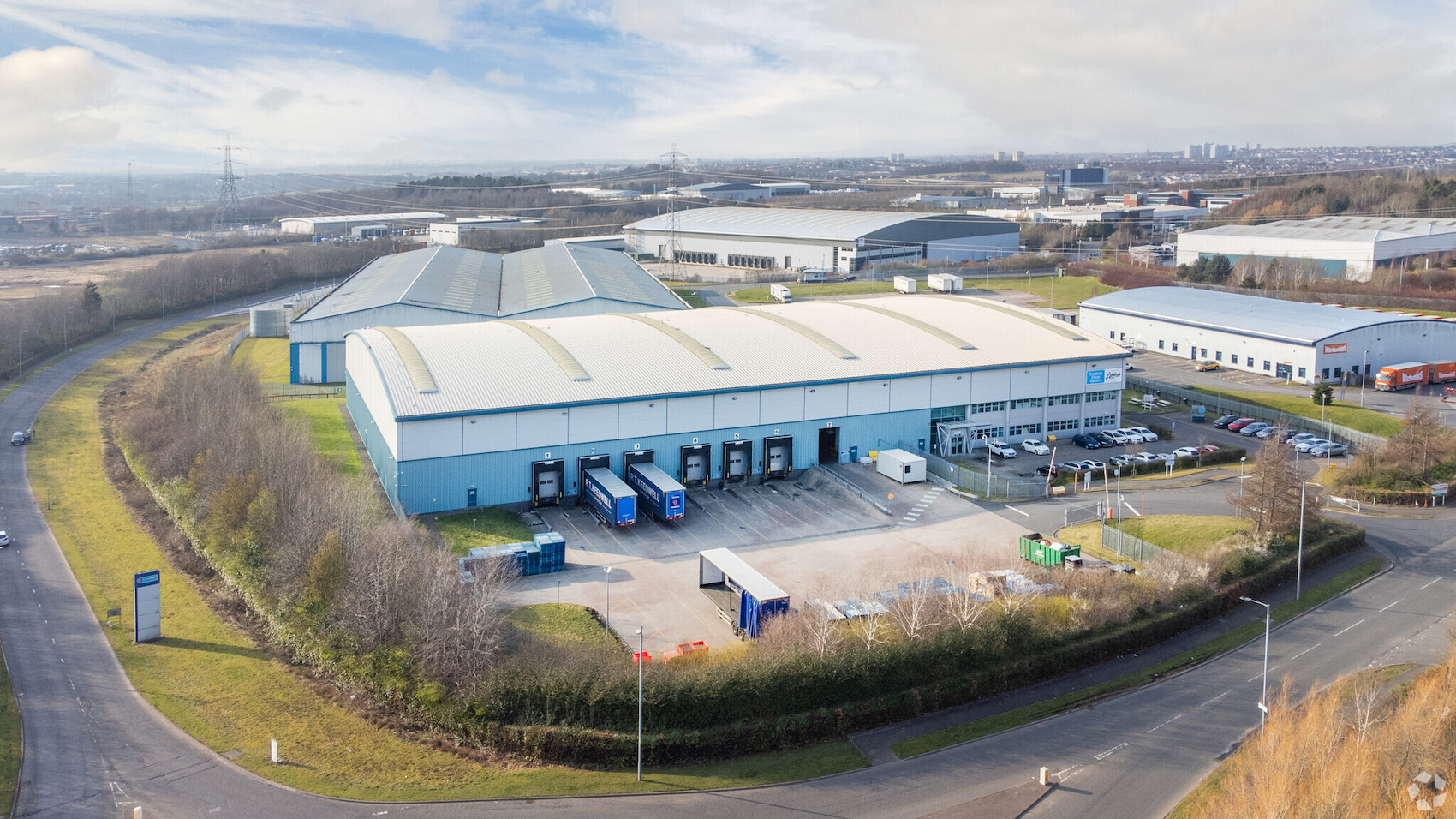Industrial leasing in Scotland bucks UK trend with 18-month high

Eurocentral Artemis warehouse (credit: CoStar Group)
Industrial leasing activity in Scotland reached an 18-month high in the second quarter of 2023, with take-up figures reaching 1.3 million sq ft.
This surge was driven by five major transactions involving properties larger than 50,000 sq ft. In comparison, there was just one such deal in the preceding quarter and three in the same quarter of 2022. This trend is uniquely Scottish, as the overall UK industrial take-up has been slowing down, primarily due to reduced demand from retailers and logistics companies influenced by the consumer squeeze.
Prominent deals of the previous quarter mainly took place in west of the country. Key deals included Micheldever Tyre Services’ acquisition of 70,000 sq ft of new build space at Connect-70 in Bellshill on a 15-year lease. Shipping firm Cory Brothers’ letting of a 95,000 sq ft facility previously occupied by Filshill at Hillington Park was also noteworthy.
The standout deal in the east was Kloeckner Metals’ acquisition of 100,000 sq ft at Newbridge One, which was recently refurbished by JCAM Investments.
Small and mid-sized units were also in demand last quarter, with around 550,000 sq ft leased in units ranging from 5,000 to 25,000 sq ft. This was 15% higher than the five-year quarterly average.
Significant activity was observed in and around Glasgow, Aberdeen, and Fife, with the latter experiencing one of its most robust quarters ever. Four leases larger than 20,000 sq ft accounted for almost two-thirds of Fife’s 150,000 sq ft take-up.
Despite leasing market’s positive momentum, Scotland’s industrial vacancy rate has been rising as tenants have vacated more warehouse space than they have occupied in recent months.
Grant Lonsdale, director of market analytics at CoStar, said: “We expect to see vacancies rise further in the near term, though a lack of construction activity should temper any increases.
“In our baseline scenario, the vacancy rate moves up to around 4.5% next year, which is just above its pre-pandemic level, meaning the market would still be very tight”.







